The new Schlossgut Schwante offers nature and sculpture in equal measure
Opened last month on the grounds of an 18th century castle, Germany’s latest sculpture park is a sanctuary for art and soul
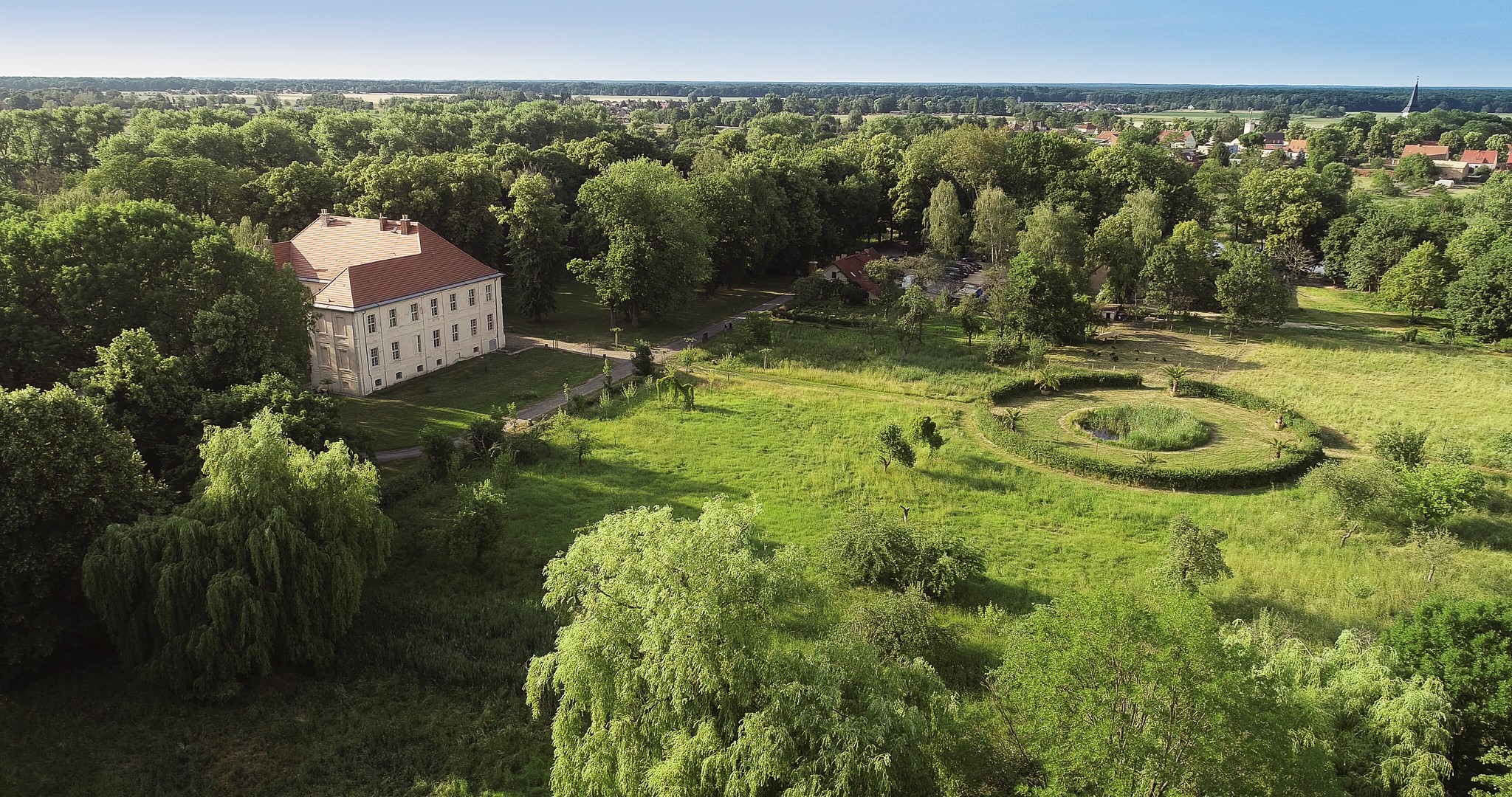
A spell in the outdoors has long had its charms. For the urban dweller, we conjured up schools-in-the-woods, open-air lidos and eventually, park yoga. Yet perhaps never has nature’s tonic been drunk more keenly than in the post-lockdown era: rasping as we are for the holy trinity of fresh air, open space and vitamin D. Nature as primary commodity; culture at risk of fuzzing over on the back shelf?
Timely, therefore, is the opening of Germany’s latest sculpture park: Schlossgut Schwante – a 10 hectare estate in rural Brandenburg. Yet its origins are far from spontaneous. ‘We’ve been dreaming of this for a long, long time,’ explains co-founder Daniel Tümpel, recalling childhood visits to the Kröller-Müller Park in the Netherlands, and grown-up pilgrimages to Denmark’s Louisiana and Brazil’s Inhotim, with his wife and co-Founder, Loretta Würtenberger. When a phone call came out of the blue, alerting the couple that an 18th century Prussian castle 25km north of Berlin was up for sale, pipe dream soon turned major restoration project.
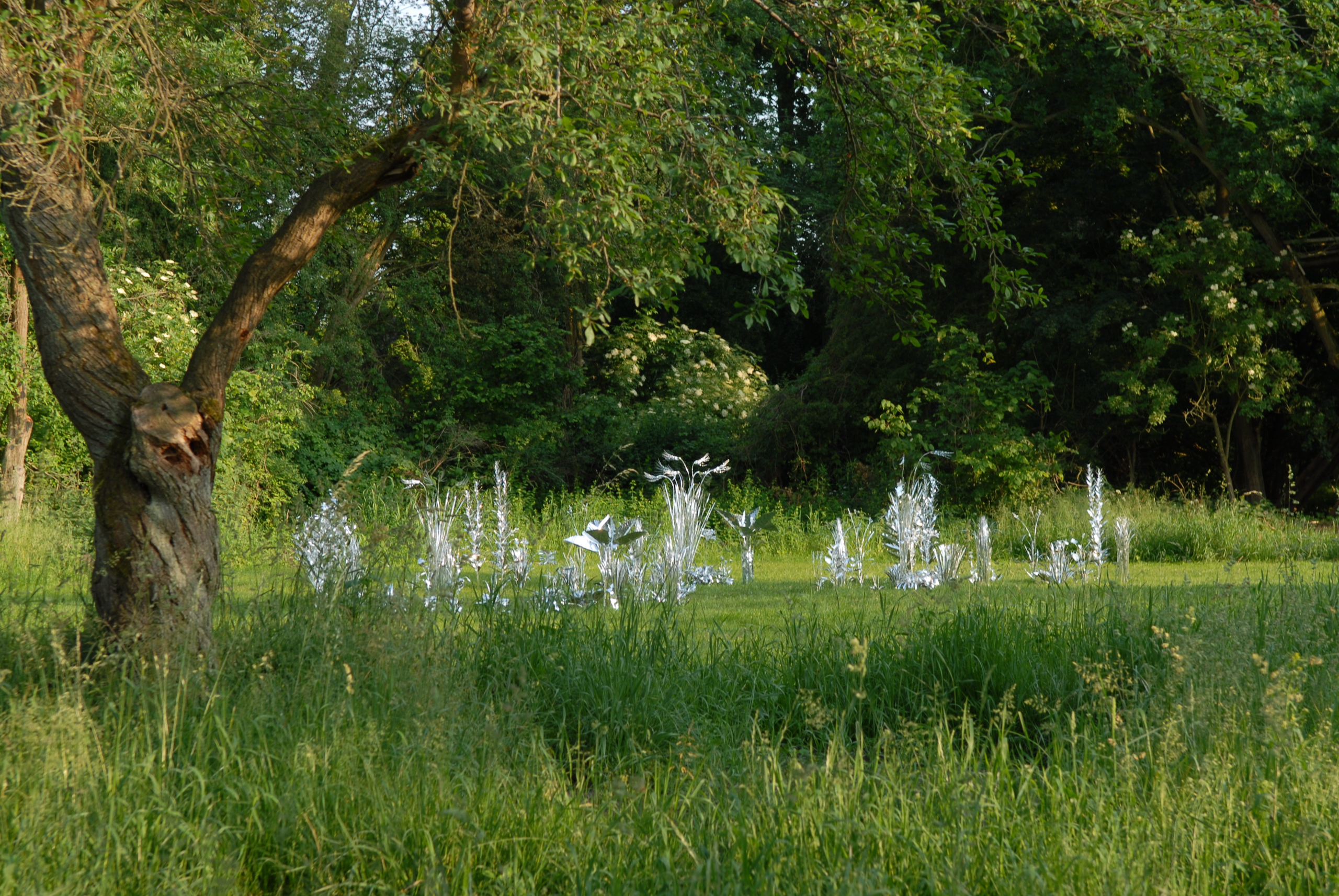
Japanese artist Toshihiko Mitsuya's The Aluminum Garden – Structural Study of Plants, 2020.
‘It was almost a forest,’ recalls Tümpel, ‘I don’t know how many hours we spent cutting hedges and sowing meadows.’ Nine months on, Schlossgut Swante may not have opened to an international party of 800 as planned, but the family of six, plus grandparents and dogs, are now at home in the Baroque house, and eager to greet their locals. Says Tümpel: ‘It was really a concept for the community, for the village’.
Village it is. Encircled by the fields and forests of Upper Havelland, Schlossgut Schwante looks no further than its own hedgerows for its inaugural two-year display, ‘Nature and Sculpture’. It’s about ‘a longing for nature, as something to conserve and enjoy’, Tümpel reveals – a philosophy shared too by artist Hans Arp’s ‘biomorphic’ sculpture. (Tümpel and Würtenberger have managed Arp’s estate for 12 years, whilst simultaneously founding and running both Fine Art Partners and the Institute for Artists’ Estates.)
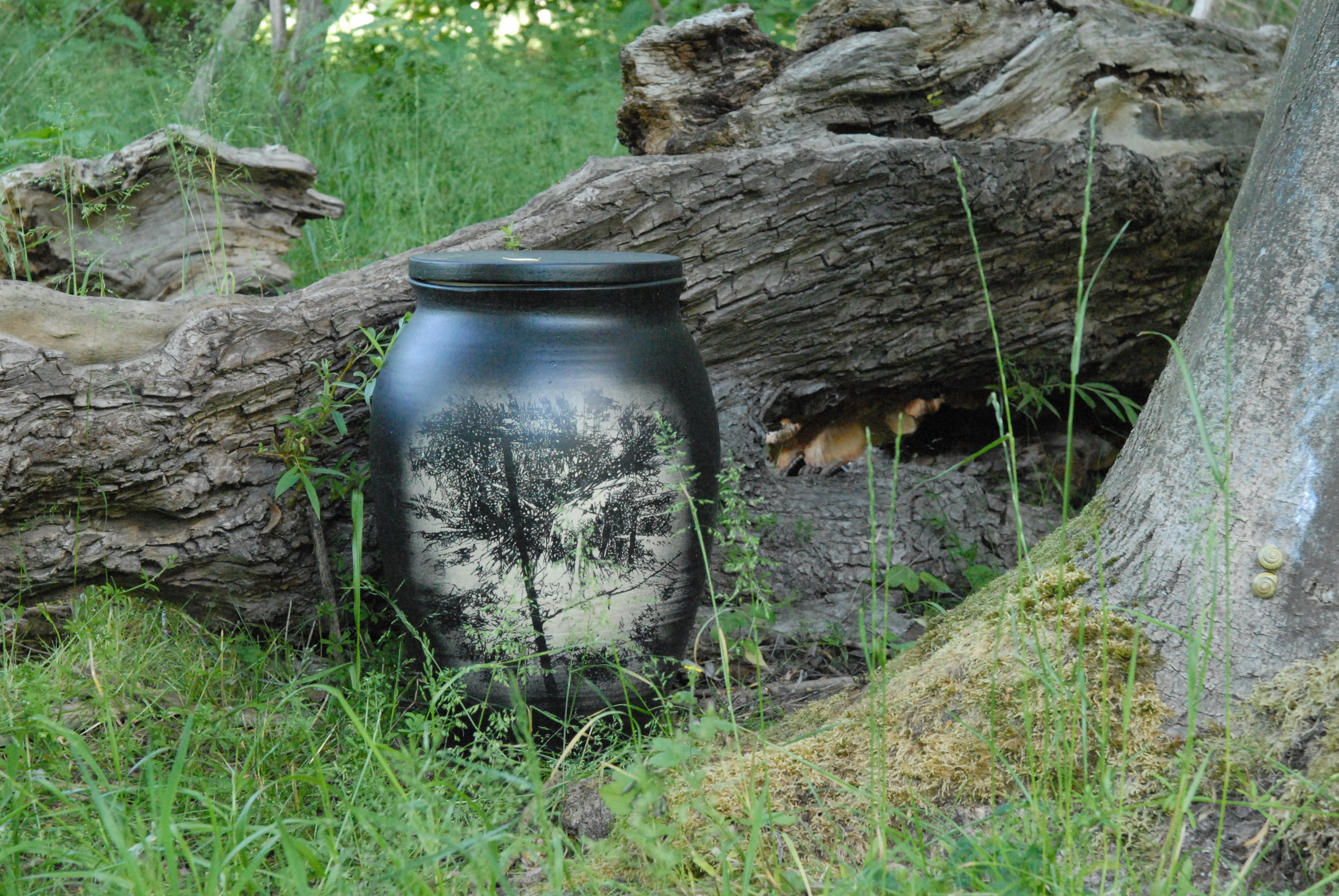
Detail of Israeli artist Yehudit Sasportas' Clay Works, 2020. , courtesy of Sommer Contemporary Art
Two dozen outdoor works from as many international names – Tony Cragg, Maria Loboda and Ai Weiwei amongst the established – riff loosely on this theme. One-third are new commissions, some loans, others owned by the couple. Tümpel laughs as he recalls Berlin-based Japanese artist Toshihiko Mitsuya’s first visit to the park: Mitsuya had leapt out of the car with a single cut flower, placing it in the middle of the lawn and declaring, ‘we should have a flower garden’. Mitsuya’s The Aluminum Garden – Structural Study of Plants followed. Elsewhere, Carsten Nicolai has whittled a wooded nook into a meditation space, in homage to an Angkor Wat echo chamber. Björn Dahlem’s neon installation runs riot in a glade, whilst Jorinde Voigt’s interactive tree-suspended swing offers oscillating views of a nearby work by Monika Sosnowska. And finally, across the lake, Martin Creed’s neon sermon chimes out for all: ‘Everything is Going to be Alright’.
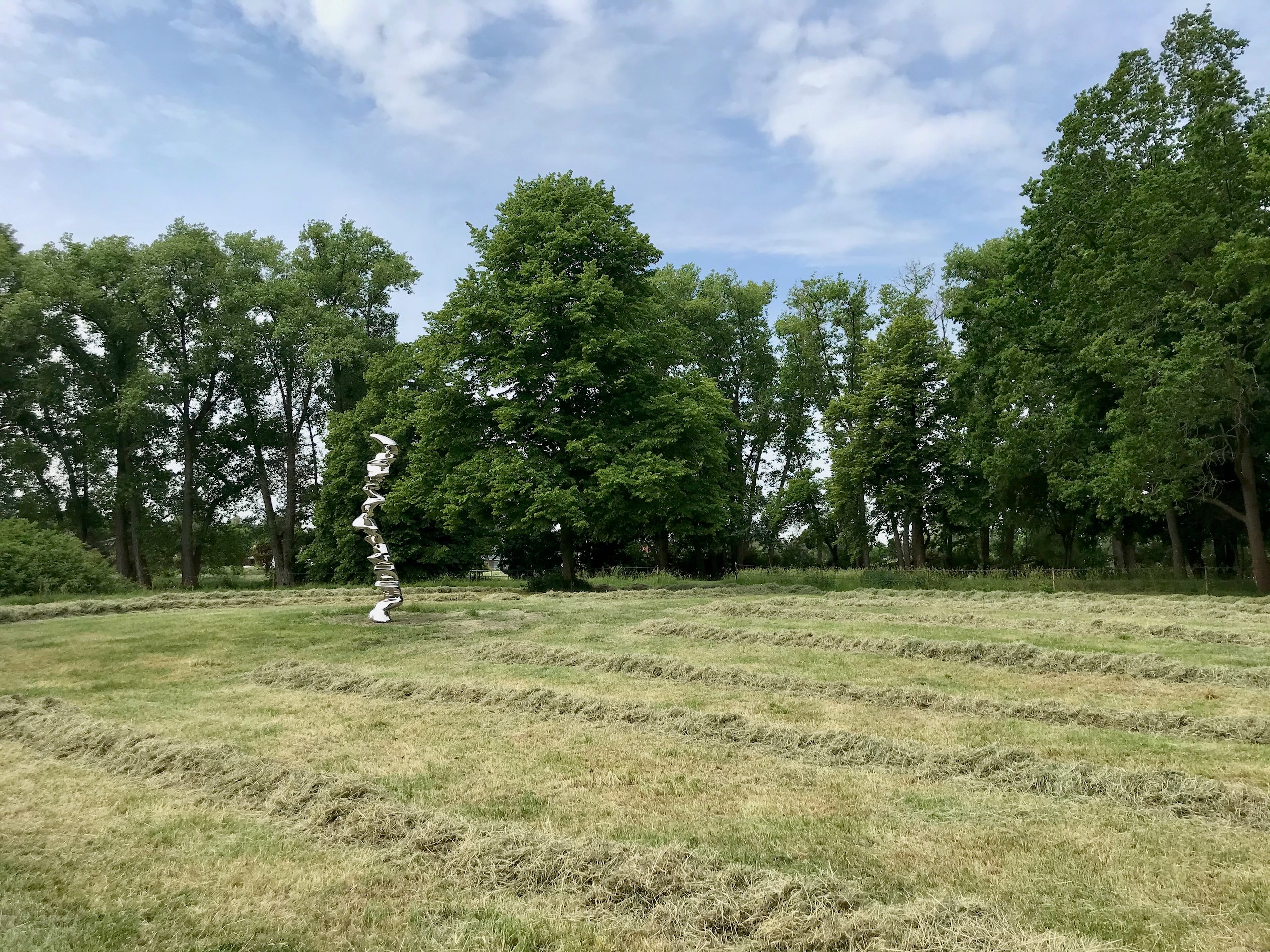
Elliptical Column, by Tony Cragg, 2012. Photography: Hanno Plate, © the artist, courtesy Buchmann Galerie Berlin und Sies + Höke, Düsseldorf
Indeed, the outlook is bright for Schlossgut Schwante, which has weathered the pandemic with just minor delay. The only significant omission is the ambitious side programme of music, performance, film, and yoga, now on hold until 2021. Natural restrictions remain for the restaurant and craft-farm shop showcasing work by cherished local makers, but the café and greenery will sequester a precious air of normality. ‘We are almost like an island!’, beams Tümpel.
And on the island of Schlossgut Schwante – a vast patch of land with all the nourishment, grace and comfort of an 18th century luncheon – there is ample room for recuperation. The real dilemma for culture is: will we ever skip into the recycled aircon of an indoor gallery with the same fervour again?
INFORMATION
‘Sculpture & Nature’, Schlossgut Schwante Sculpture Park, 19 June – 30 October 2020. schlossgut-schwante.de
ADDRESS
Wallpaper* Newsletter
Receive our daily digest of inspiration, escapism and design stories from around the world direct to your inbox.
Schlossplatz 1-3
16727 Oberkrämer OT Schwante
Germany
-
 All-In is the Paris-based label making full-force fashion for main character dressing
All-In is the Paris-based label making full-force fashion for main character dressingPart of our monthly Uprising series, Wallpaper* meets Benjamin Barron and Bror August Vestbø of All-In, the LVMH Prize-nominated label which bases its collections on a riotous cast of characters – real and imagined
By Orla Brennan
-
 Maserati joins forces with Giorgetti for a turbo-charged relationship
Maserati joins forces with Giorgetti for a turbo-charged relationshipAnnouncing their marriage during Milan Design Week, the brands unveiled a collection, a car and a long term commitment
By Hugo Macdonald
-
 Through an innovative new training program, Poltrona Frau aims to safeguard Italian craft
Through an innovative new training program, Poltrona Frau aims to safeguard Italian craftThe heritage furniture manufacturer is training a new generation of leather artisans
By Cristina Kiran Piotti
-
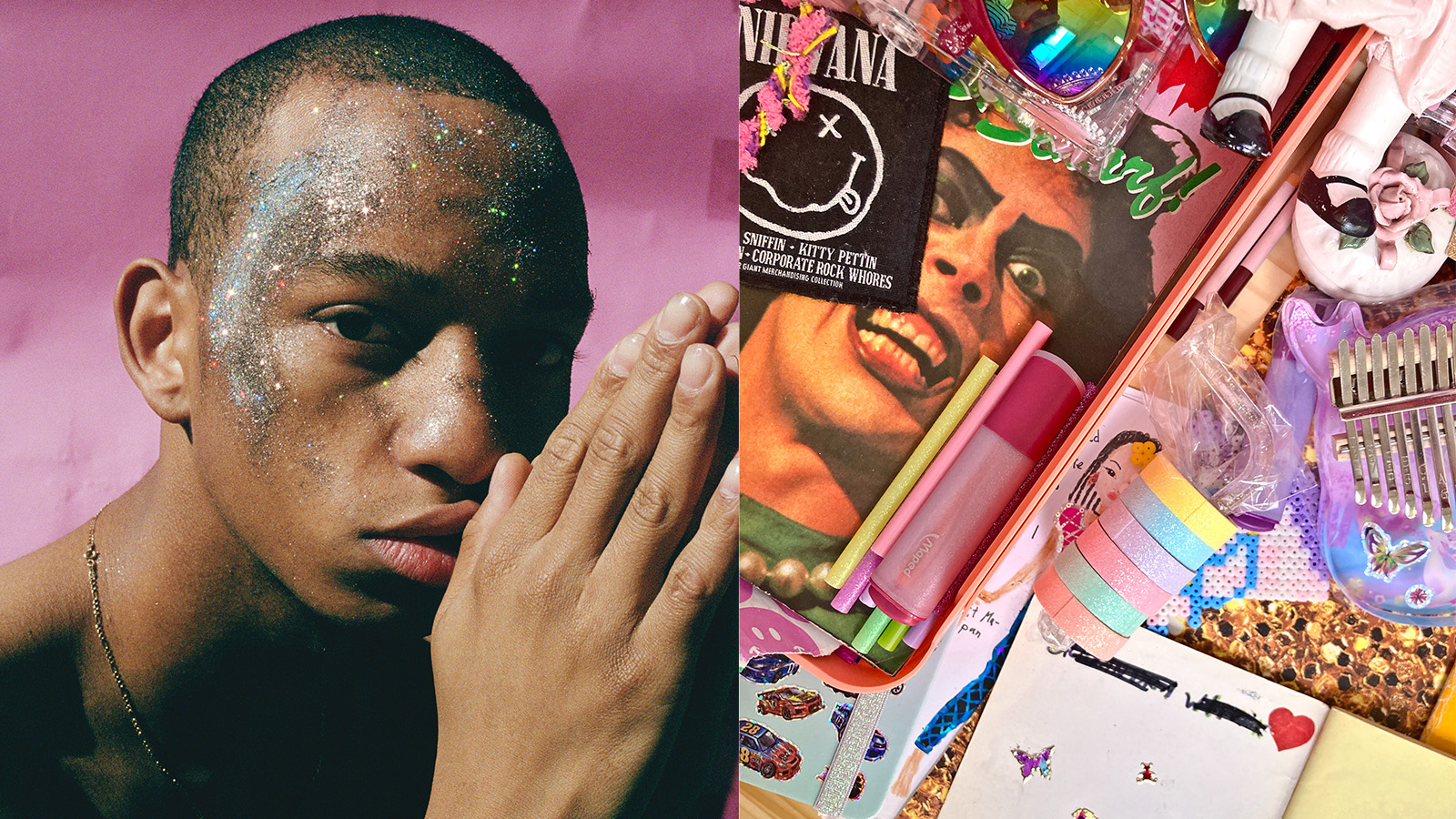 MK&G’s ‘Glitter’ exhibition: a brilliant world-first tribute to sparkle and spectacle
MK&G’s ‘Glitter’ exhibition: a brilliant world-first tribute to sparkle and spectacleMK&G’s latest exhibition is a vibrant flurry of sparkles and glitter with a rippling Y2K undercurrent, proving that 'Glitter is so much more than you think it is'
By Hiba Alobaydi
-
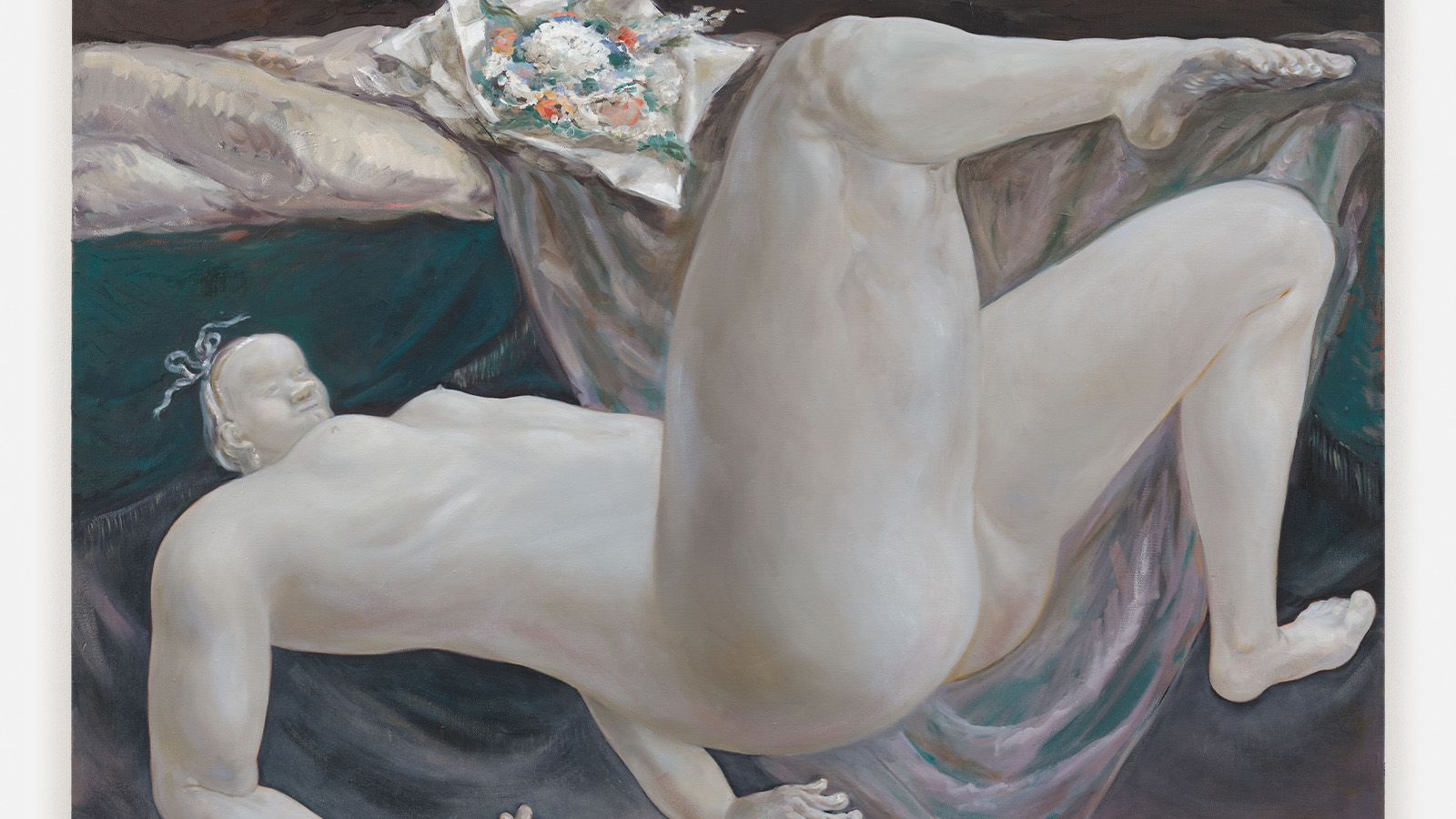 Louise Bonnet’s falling figures depict an emotional narrative to be felt rather than told
Louise Bonnet’s falling figures depict an emotional narrative to be felt rather than toldLouise Bonnet’s solo exhibition 'Reversal of Fortune' at Galerie Max Hetzler in Berlin, nods to historical art references and the fragility of the human condition
By Tianna Williams
-
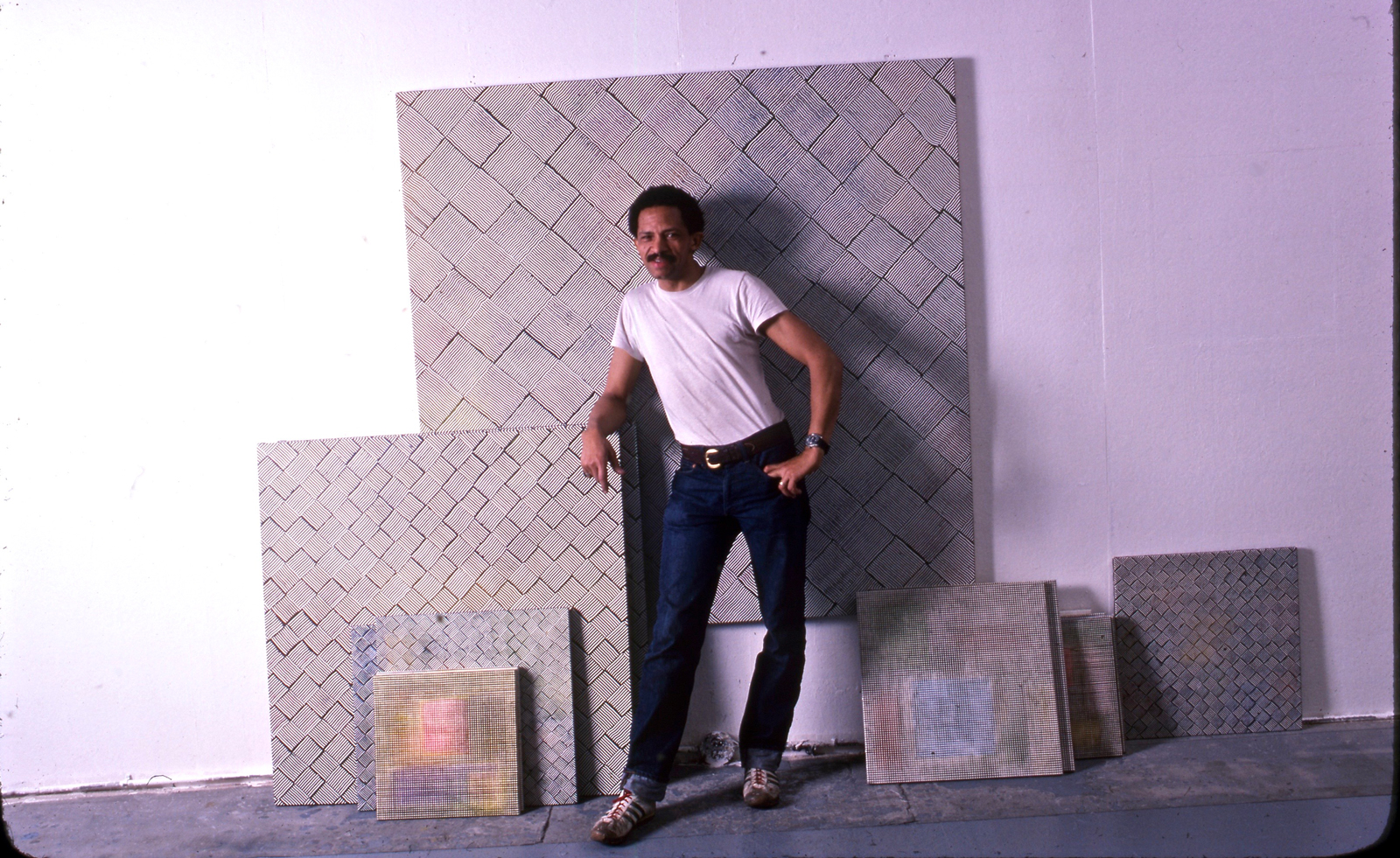 Inside Jack Whitten’s contribution to American contemporary art
Inside Jack Whitten’s contribution to American contemporary artAs Jack Whitten exhibition ‘Speedchaser’ opens at Hauser & Wirth, London, and before a major retrospective at MoMA opens next year, we explore the American artist's impact
By Finn Blythe
-
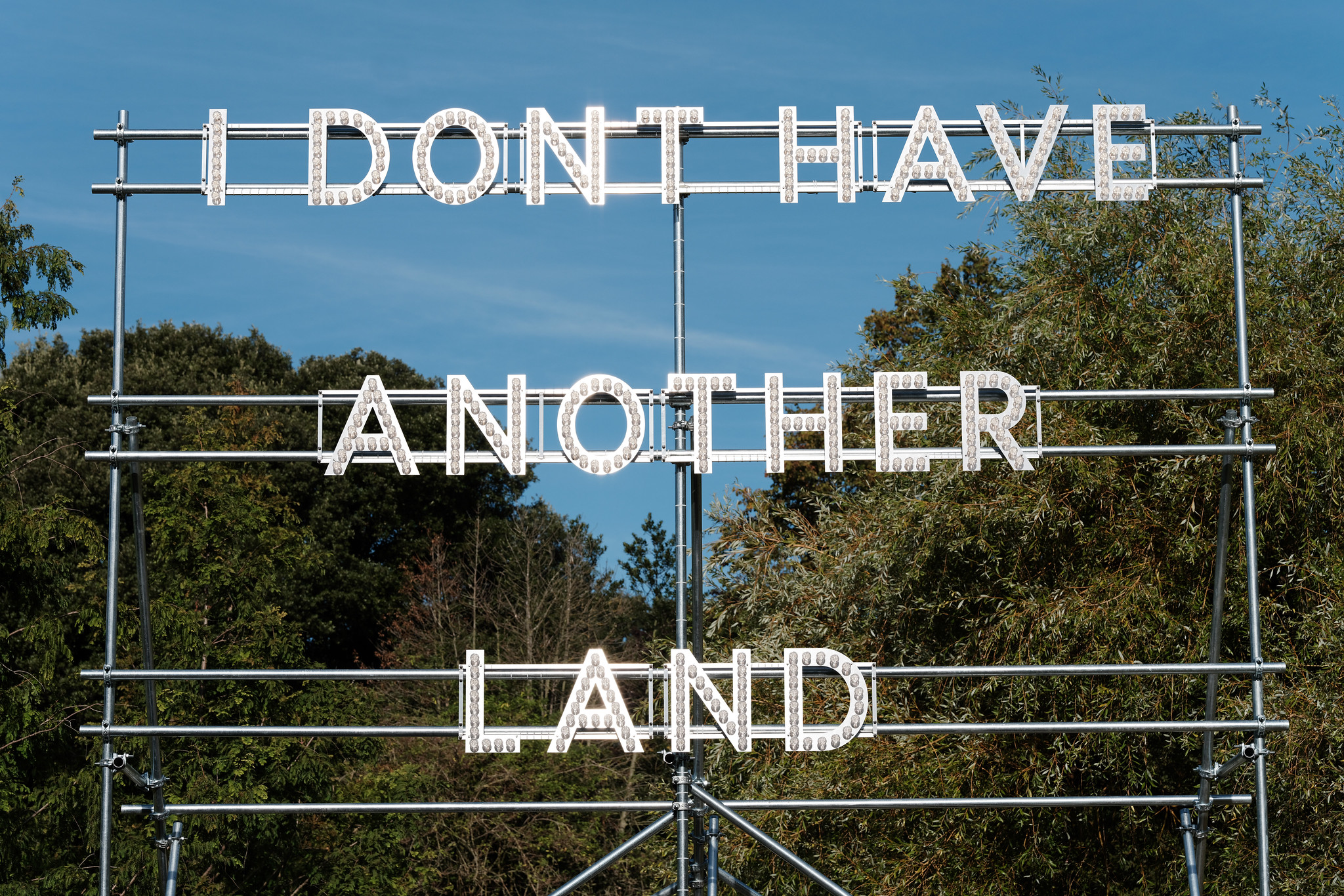 Frieze Sculpture takes over Regent’s Park
Frieze Sculpture takes over Regent’s ParkTwenty-two international artists turn the English gardens into a dream-like landscape and remind us of our inextricable connection to the natural world
By Smilian Cibic
-
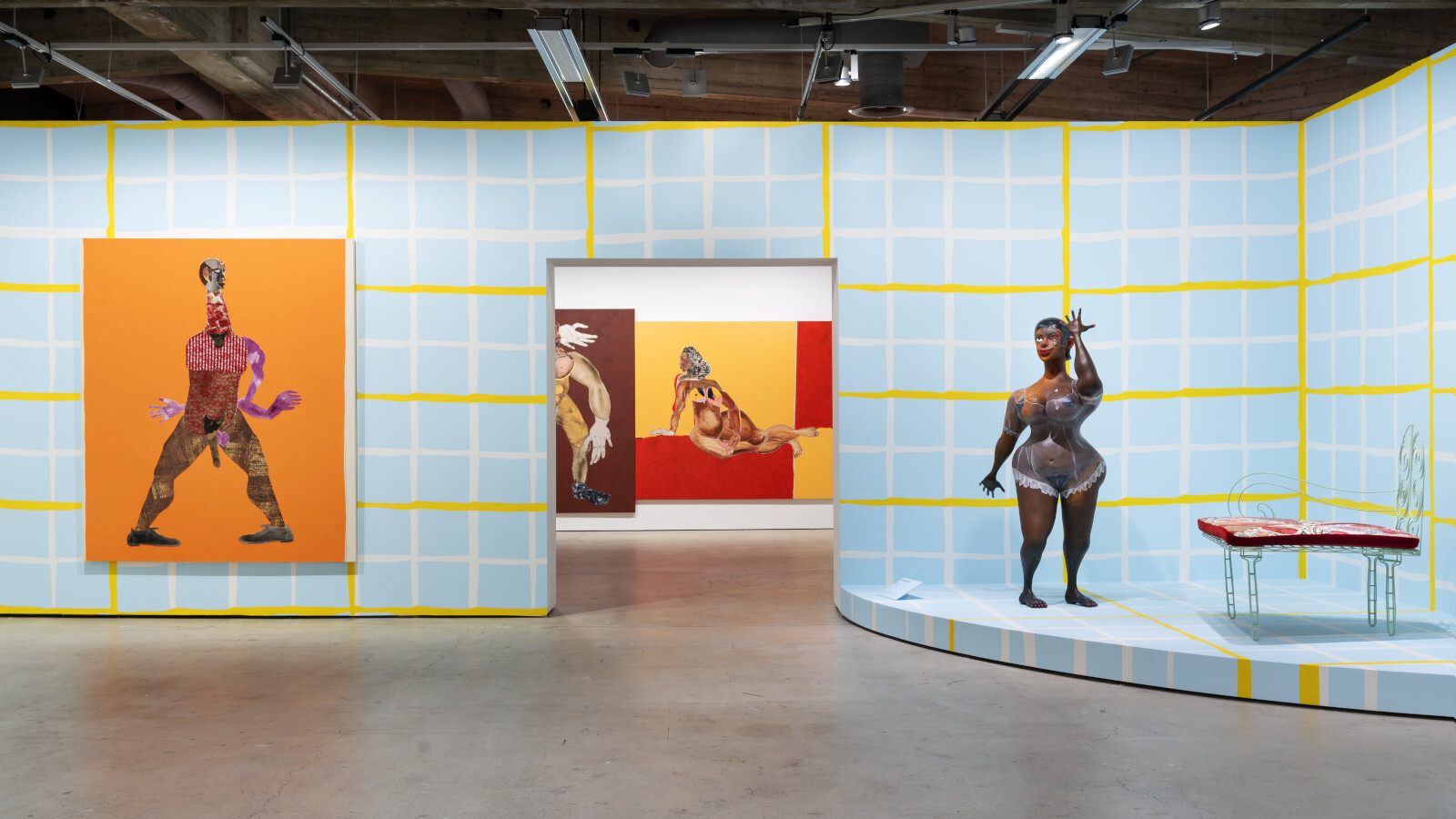 Harlem-born artist Tschabalala Self’s colourful ode to the landscape of her childhood
Harlem-born artist Tschabalala Self’s colourful ode to the landscape of her childhoodTschabalala Self’s new show at Finland's Espoo Museum of Modern Art evokes memories of her upbringing, in vibrant multi-dimensional vignettes
By Millen Brown-Ewens
-
 Wanås Konst sculpture park merges art and nature in Sweden
Wanås Konst sculpture park merges art and nature in SwedenWanås Konst’s latest exhibition, 'The Ocean in the Forest', unites land and sea with watery-inspired art in the park’s woodland setting
By Alice Godwin
-
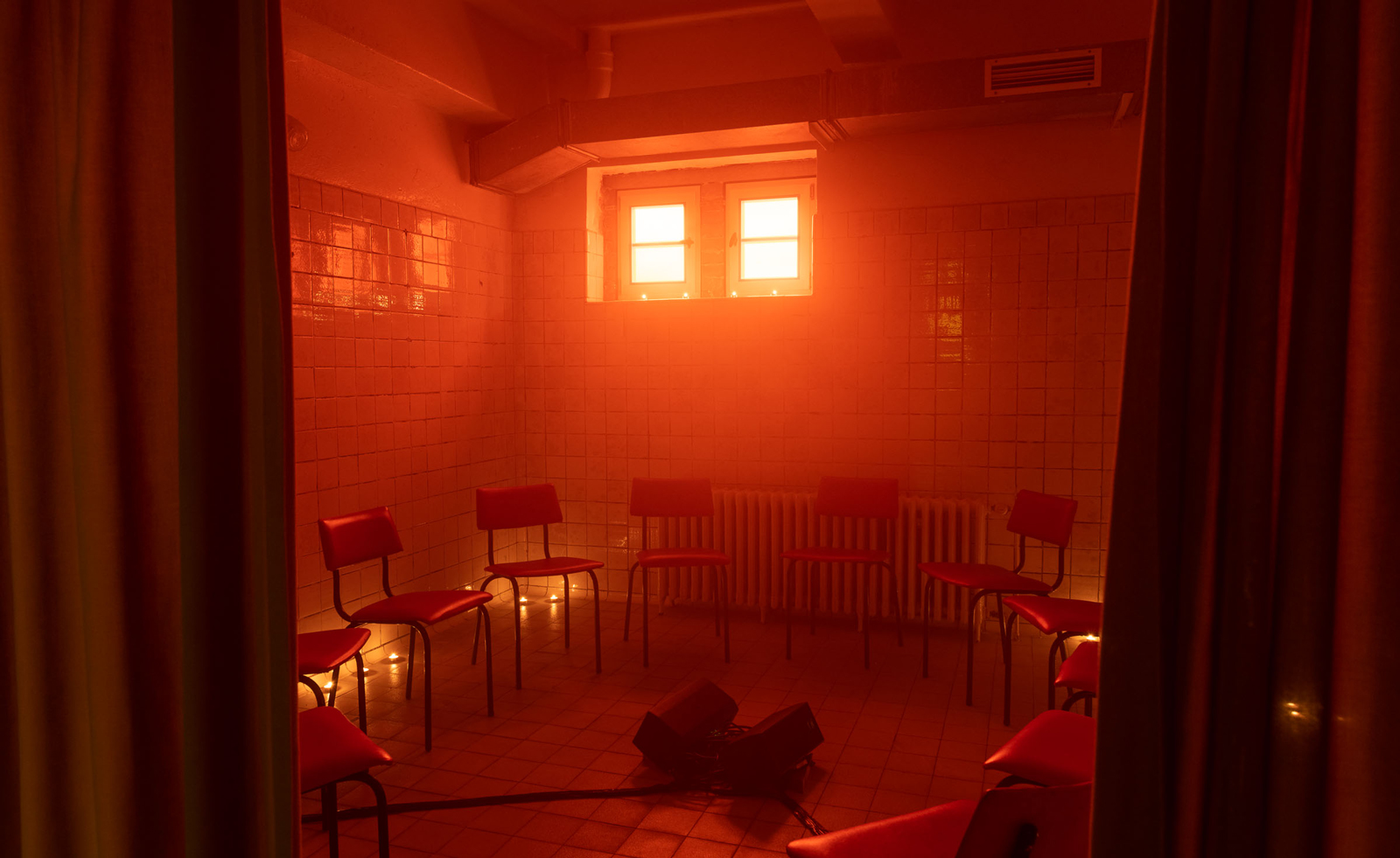 Inside E-WERK Luckenwalde’s ‘Tell Them I Said No’, an art festival at Berlin's former power station
Inside E-WERK Luckenwalde’s ‘Tell Them I Said No’, an art festival at Berlin's former power stationE-WERK Luckenwalde’s two-day art festival was an eclectic mix of performance, workshops, and discussion. Will Jennings reports
By Will Jennings
-
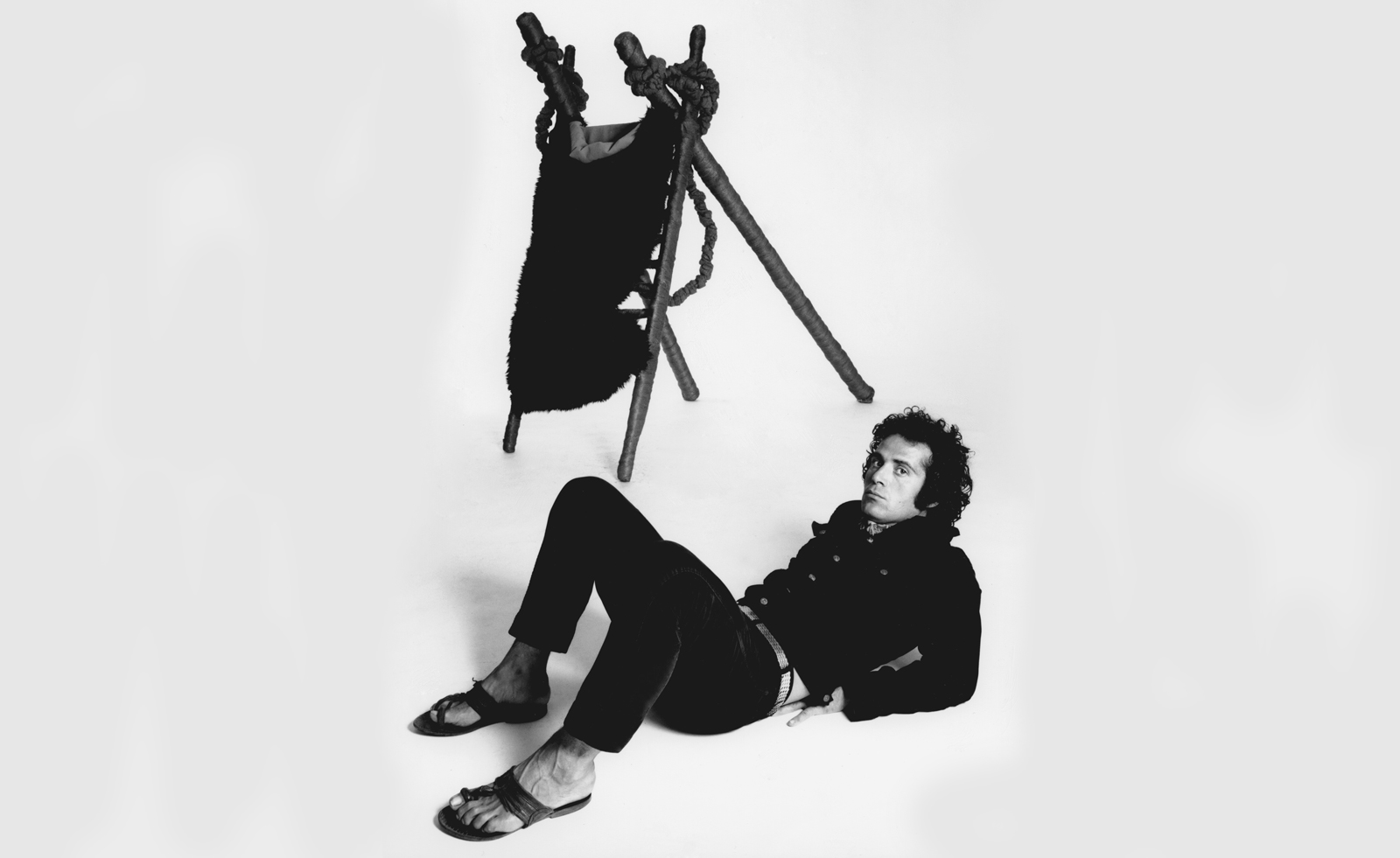 Pino Pascali’s brief and brilliant life celebrated at Fondazione Prada
Pino Pascali’s brief and brilliant life celebrated at Fondazione PradaMilan’s Fondazione Prada honours Italian artist Pino Pascali, dedicating four of its expansive main show spaces to an exhibition of his work
By Kasia Maciejowska